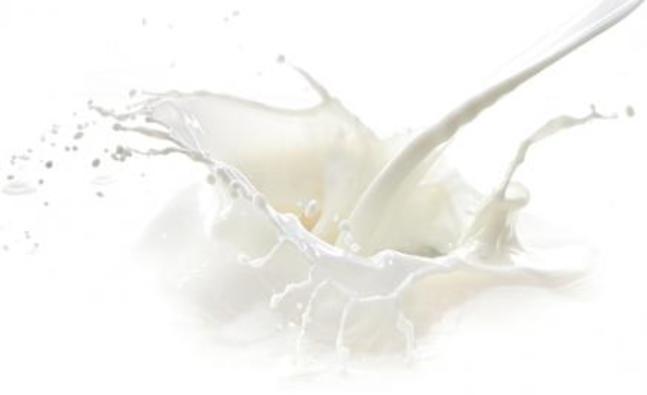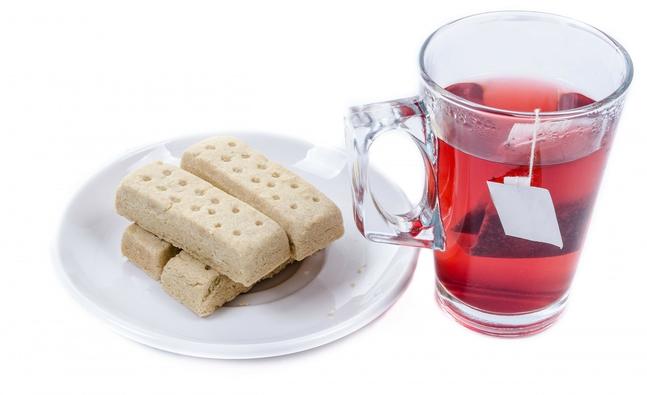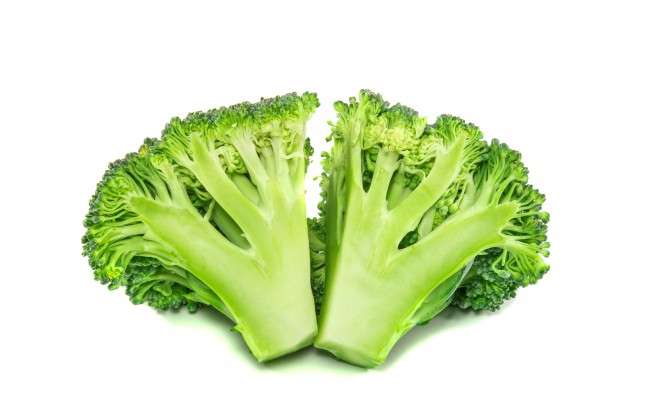Full cream, low fat or fat free milk?

The low-fat approach to eating may have made a difference for the occasional individual, but globally it hasn't helped us control our weight or become healthier. Hereâs the evidence to back that statement:
In the 1960s, fats and oils supplied Americans with about 45% of calories; about 13% of adults were obese and less than 1% had type 2 diabetes. Today, Americans are consuming less fat of which they are getting about 33% of calories from fats and oils; yet 34% percent of adults are obese and 11% have diabetes.
In other words low-fat, reduced fat, or fat-free processed foods are not necessarily âhealthyâ â in contrast, many of them are often higher in salt and sugar than their full-fat counterparts, to compensate for the flavour and texture thatâs lost when food manufacturers slash fat. This would explain the exponential increase in obesity and diabetes.
The other problem with a generic lower-fat diet is that most people stop eating fats that are good for the heart along with those that are bad for it.
Full cream milk contains around 4% fat .
Low fat milk has half the amount of fat (2%).
Fat free milk has less than 1% fat.
It is important to note that fat removal strips the milk of all its fat-soluble vitamins, and therefore fat free milk must be fortified with vitamins A and D to make up for the loss of nutrition.
The biggest disadvantage of full cream milk is its high content of saturated fat. One cup of whole milk contains 5 grams of saturated fat which is a quarter of your daily intake limit â and you know that high dietary intake of saturated fat can increase your chances for a heart attack. Saturated fat in whole milk can also deter your uptake of calcium from milk, but it has been shown to lower the incidence of type 2 diabetes as opposed to fat free milk.
According to Dr Mol, if we weighed up all the pros and cons, it would seem that low fat 2% milk satisfies most of these variables and is a good compromise.
-
How Often You Should Switch Up Your Workout to Keep Losing Weight
Switch up your workout. Shock your muscles. Keep your body guessing. W
-
Prevent weight gain with a healthy diet
-
3 Fruit snacks under 100 calories
-
Taking photos often may help you drop weight
-
10 AMAZINGLY EFFECTIVE TIPS ON HOW TO LOSE BELLY FAT
10 Amazingly Effective Tips On How To Lose Belly Fat Every wom
-
Why oats for breakfast is great for weight loss
- DON'T MISS
- Burn calories by doing cross-stride walking
- Expend energy doing this exercise
- How to lose weight in a comfortable way
- Fashionable nutrition myths: THE most important meal of the day
- Stay motivated for your next workout
- How Much Should You Exercise to Lose Weight?
- Food phobic or food addict?
- Have you stopped losing weight?
- Top 7 most effective diets to try in 2016 - as rated by experts
- How to make tea time at the office healthier




